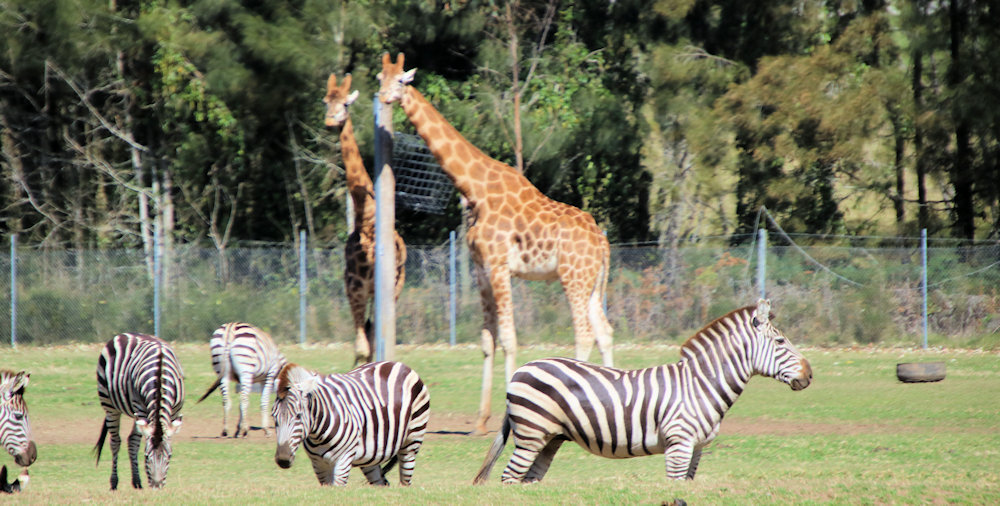Tag: NSW
-
Mogo Wildlife Park

Mogo Wildlife Park Established in 1989, Mogo Wildlife Park is situated 10 kilometres south of Batemans Bay on the New South Wales south coast. Housing over 250 animals, of which more than 44 are rare or exotic species, the park is one of the most successful private zoos in Australia. The majority of the animals’… Read more
-
Long Beach New South Wales

Long Beach New South Wales We stayed at Long Beach near Batemans Bay on the New South Wales south coast for a week while we explored the area. Only a 10-minute drive from Batemans Bay, it was a quiet and peaceful alternative to staying in town. From our back door, we could see over the… Read more
-
Dinosaurs: Surviving Extinction exhibition at Newcastle Museum

Dinosaurs: Surviving Extinction exhibition at Newcastle Museum On display until 2 March 2025, the Dinosaurs: Surviving Extinction exhibition at Newcastle Museum (New South Wales, Australia) showcases the latest understanding of dinosaur evolution. Excellent artwork illustrates how palaeontologists think they looked. Fossils of protoceratops and tarbosaurus show how these dinosaurs developed through their lifecycles. Four protoceratops… Read more